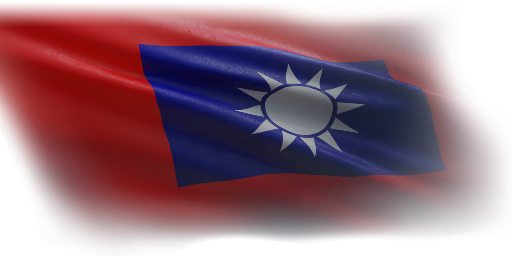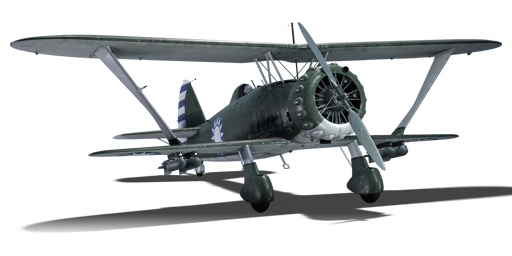




The Hs 123 A-1 (China), known as 恆機 (Henschel aircraft) to NRAF, was the dive-bomber of the NRAF during the early days of the 2nd Sino-Japanese War which were obtained in 1938. Before the total outbreak of war, some representatives went to Germany in 1936 as part of their visit to European countries after the enthronement of George VI; after the conversations with German leadership in 1937, the deal for 120 bomber (with 100 Hs 123) aircraft and their ammunition was set but the equipment was only to be delivered after the Marco Polo Bridge Incident in July. Only 12 aircraft arrived China in January of 1938 and contributed very little for the war, all of these were eventually decommissioned due to lack of spare parts in August 1939.
Introduced in Update 1.91 "Night Vision" as part of the Chinese air tech-tree. It is the same as the German version, but in Chinese markings, and very slight changes in performance. Although the payload might sound insufficient even at its low-tier (at only 5 bombs, with 4 of them being 50 kg bombs), but with practicing and precision hits, most vehicles at its tier will be taken out by the bomb salvo or the larger bomb. Sometimes it can be used as a makeshift pursuit aircraft and take down lightly-protected enemy aircraft.
flaps
flaps
flaps
brake
control
| Belt | Belt filling | Armor penetration (mm) at a distance: | |||||
|---|---|---|---|---|---|---|---|
| 10 m | 100 m | 500 m | 1000 m | 1500 m | 2000 m | ||
| AP-T/AP-I/AI | 9 | 8 | 6 | 3 | 0 | 0 | |
| AP-T/AP/AI/AP-I | 13 | 12 | 7 | 3 | 2 | 0 | |
| AP-T | 9 | 8 | 6 | 3 | 0 | 0 | |
| AI/AP/AP/AP/AI | 13 | 12 | 7 | 3 | 2 | 0 | |
250 kg SC250JA bomb












Flight performance | |
|---|---|
Survivability |
|---|
Weaponry | |
|---|---|